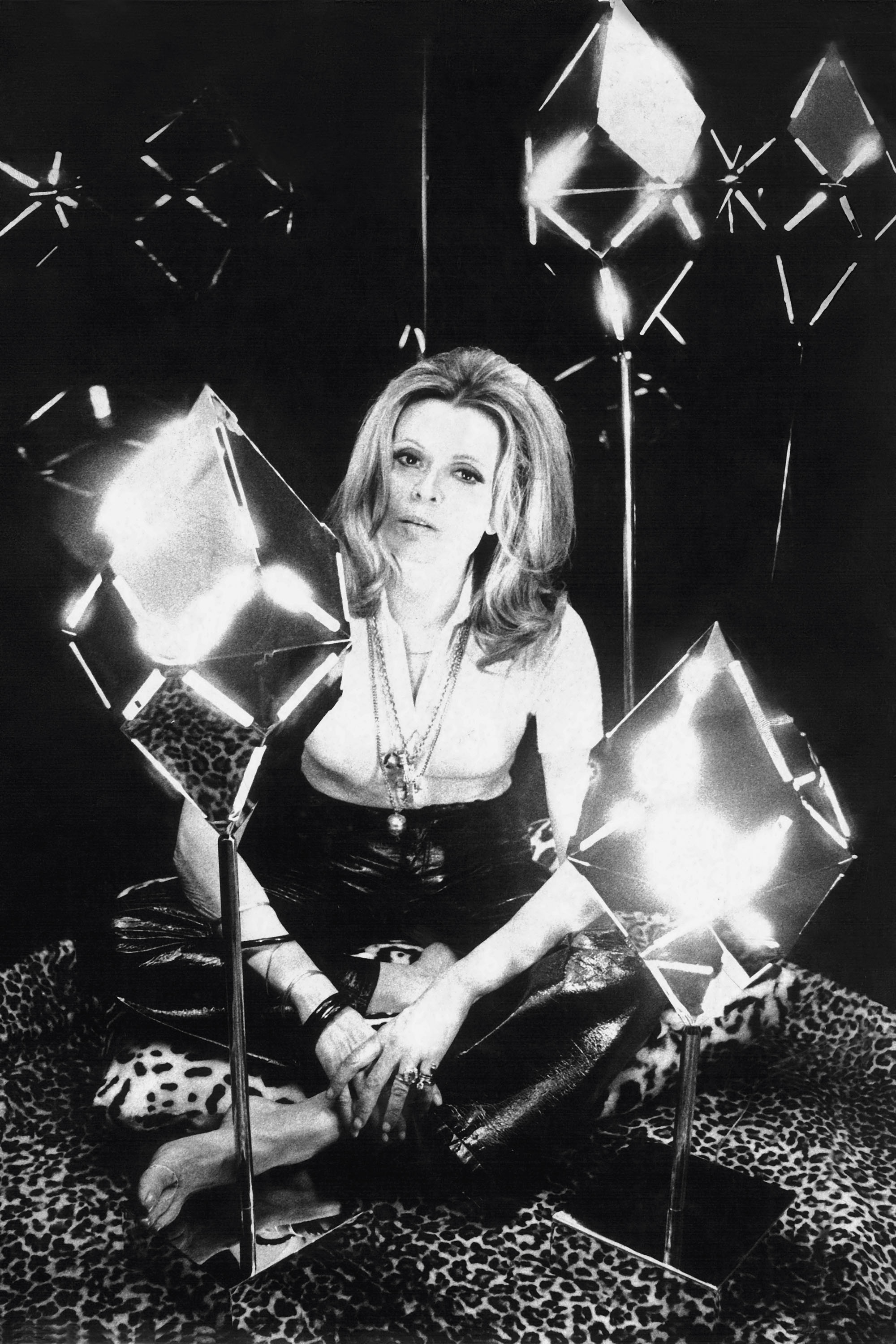From her studies in art and, later, architecture at the Politecnico di Milano, Gabriella Crespi, who was born into a bourgeois Italian family in 1922, kept an enduring love for the pioneers of modernism, Le Corbusier and Frank Lloyd Wright. A taste for form. Beauty and vitality. A woman of rare charisma, Gabriella Crespi followed no school but her own from the outset. |
Moreover, the magnificent Milanese icon was a major representative of that pivotal era – the late 1960s – when fashion was becoming more democratic and embarking on its transformation towards ready-to-wear. The recently introduced Miss Dior line – designed by Marc Bohan – had much to do with this; from that point on, fashion became a matter of dressing “all women”, in keeping with Christian Dior’s avant-garde ambition. |
